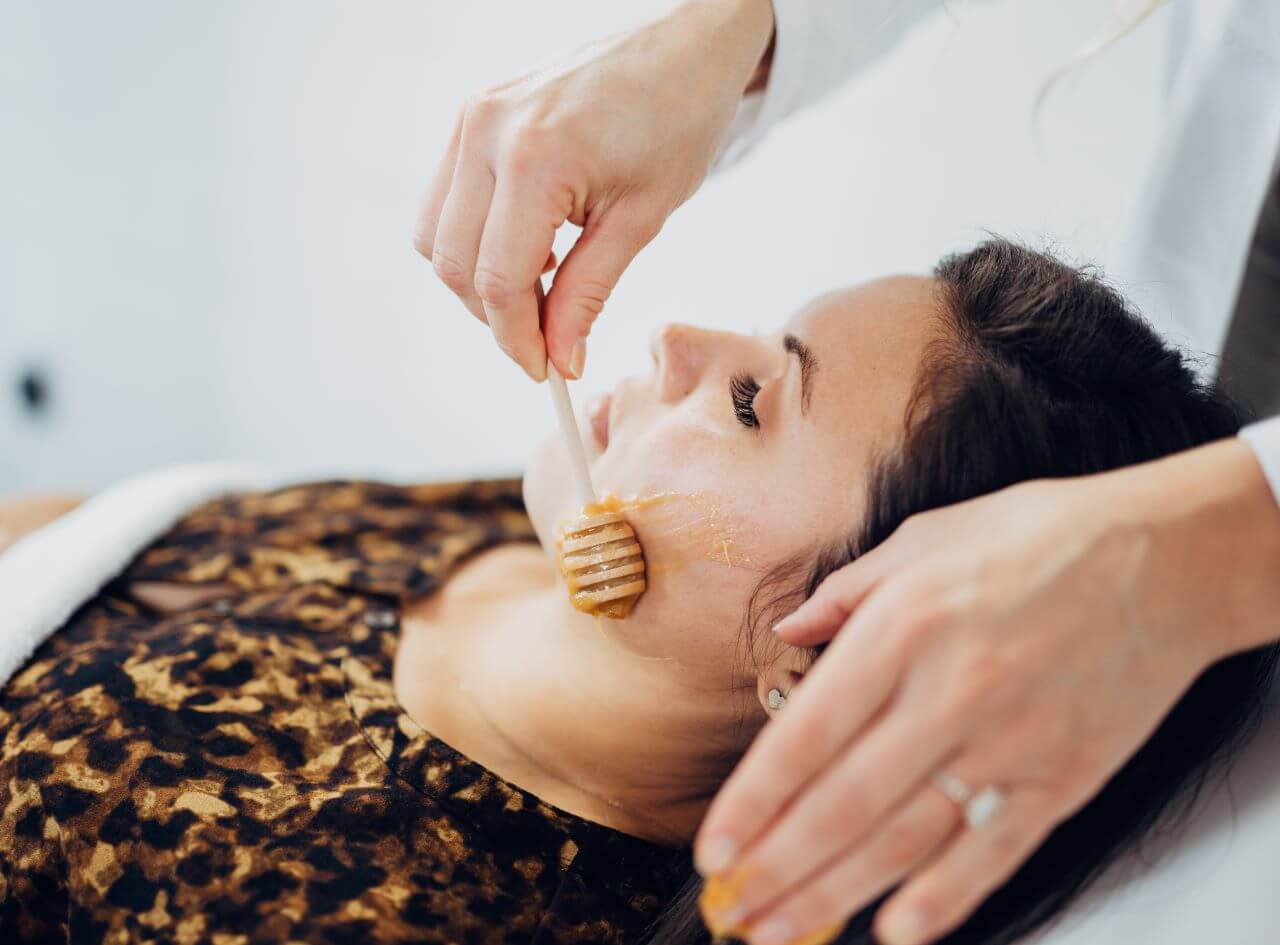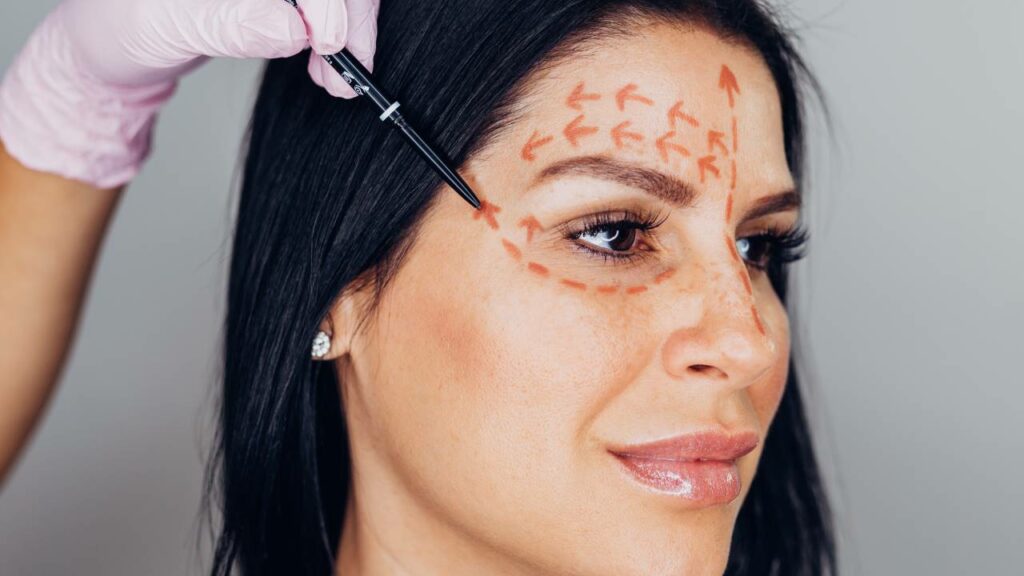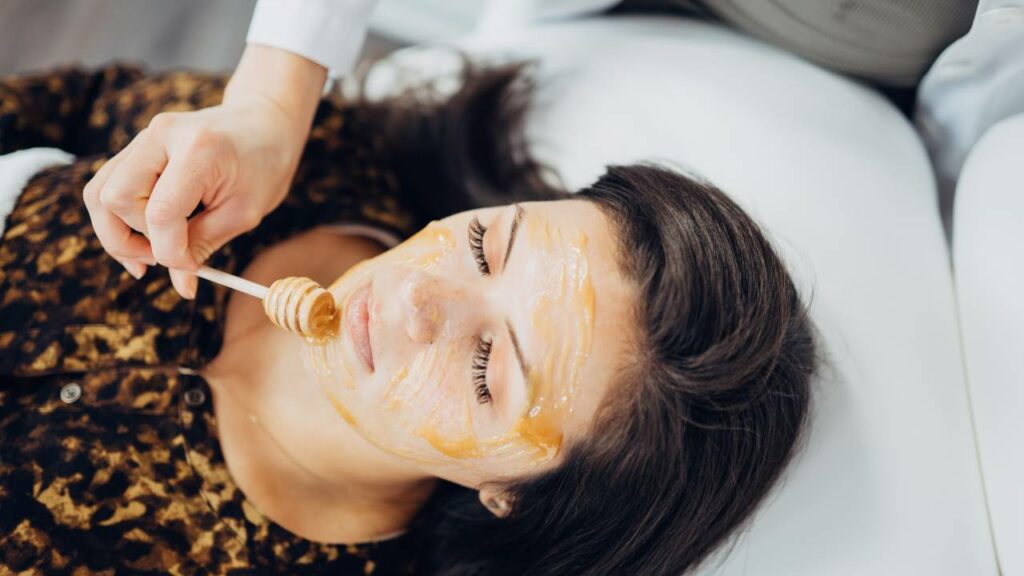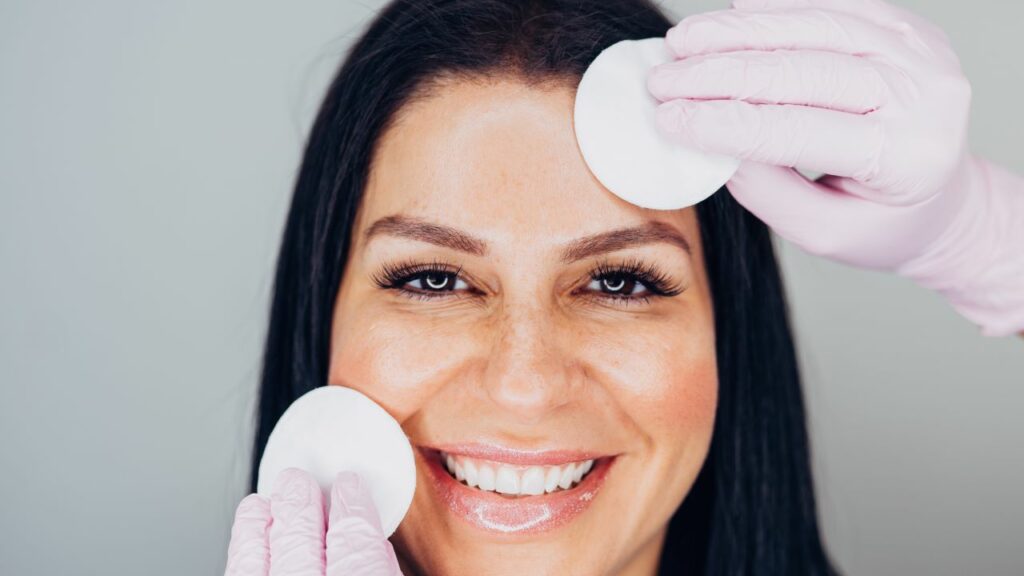Cracking the Code: How Often Should You Truly Get Facials Based on Your Skin’s Needs, Type, and Age?

Navigating through the world of skincare can often feel like trying to crack an enigmatic code. One of the most frequently asked questions is: How often should you get a facial? The answer isn’t as simple as marking your calendar every month; it’s more nuanced and depends on several key factors: your skin type, specific needs, and age.
For instance, someone with oily skin prone to breakouts might benefit from more frequent facials than someone with dry, sensitive skin. Similarly, a 20-year-old aiming for preventive care might not need facials as frequently as a 40-year-old looking to maintain skin elasticity and reduce signs of aging.
In this article, we’re going to dissect these variables and provide you with a comprehensive guide to help determine the optimal frequency for your facials. Our aim is to help you create a tailored skincare routine that ensures your skin stays healthy, radiant, and youthful. So let’s delve in and decode the secrets of perfect skincare!
Do You Really Need A Facial?
Facials may seem like an extravagant indulgence, but they’re a crucial component of a comprehensive skincare routine. They offer a level of deep cleansing, exfoliation, and hydration that surpasses your everyday home skincare practices. Plus, facials can directly address specific skin concerns, from stubborn acne to the early signs of aging.
For example, a facial designed for acne-prone skin often includes deep-pore and deep-tissue cleansing to rid the skin of excess oils and stimulate circulation, significantly reducing acne over time.
Understanding Your Skin’s Needs

Before you can tailor your facial routine, it’s essential to understand your skin’s unique needs. This involves considering several key factors:
Skin Type
Your skin type—be it dry, oily, combination, or sensitive—greatly influences how often you should get a facial. For example, people with dry skin might benefit from fewer yet intensely hydrating facials. In contrast, those with oily skin might find monthly treatments effective for managing sebum production and preventing breakouts.
Age
Age is another determinant when figuring out the frequency of facials. Younger skin, which naturally regenerates faster, might not need as many facials as more mature skin. As we age, our skin’s regeneration process slows down, necessitating regular facials to boost cell turnover and combat signs of aging.
Skin Goals
Lastly, defining your skincare goals is vital. Are you aiming to maintain healthy skin, tackle a specific issue like hyperpigmentation, or are you working to minimize signs of aging?
For instance, if you’re dealing with hyperpigmentation, you might need a series of brightening facials coupled with light therapy to see significant results. Conversely, for general skin health maintenance, a facial every four to six weeks can help keep your skin radiant and healthy.
Facial Frequency Recommendations For Different Age Groups

The frequency of facials often correlates with your age, as our skin’s needs change as we grow older. Here’s a comprehensive guide to help you understand how often you should get a facial based on your age group.
Teens
Teenage skin is often characterized by hormonal changes that can result in increased oil production and breakouts. Regular facials can help manage these issues. Dermatologists often recommend teens to get a facial every 4-6 weeks. This can help keep the skin clean, clear, and healthy. For instance, a gentle cleansing facial or treatment specifically for acne-prone skin can help manage breakouts, reducing inflammation and preventing scarring.
20’s and 30’s
As you transition into your 20s and 30s, your skincare goals may shift towards maintaining healthy skin and preventing early signs of aging. A monthly facial is a great way to achieve this. During this phase, your skin still regenerates relatively quickly, so a facial every 4-6 weeks can help enhance the natural exfoliation process, keeping your skin glowing and youthful. For example, a hydrating facial or one that includes mild exfoliation can help remove dead skin cells and maintain a fresh, radiant complexion.
40’s and up
Once you’re in your 40s and beyond, your skin’s regeneration process begins to slow down. This can lead to drier skin and more visible signs of aging, like fine lines and wrinkles. At this stage, it’s beneficial to get a facial every 3-4 weeks.
Regular facials can help boost cell turnover, enhance skin elasticity, and combat signs of aging. Treatments that promote collagen production, such as microcurrent or LED light therapy facials, can be particularly beneficial to keep skin looking firm and youthful.
Customizing Professional Facials per Skin Type
Not all skin is the same, and neither should your facial treatments. Let’s explore how to customize professional facials based on your skin type.
Facials for Dry Skin
Dry skin often craves intense hydration. A facial that includes deep moisturizing treatments, such as hyaluronic acid or a collagen mask, can help replenish moisture levels in the skin. For instance, a hydrating facial with a rich cream mask can offer immediate relief to dry, tight skin, leaving it soft and supple.
Facials for Combination Skin
Combination skin requires a balanced approach. A facial that targets both dry and oily areas separately can be beneficial. For example, a facial might include a gentle exfoliation to remove dead skin cells from dry areas, followed by a soothing mask to control oil in the T-zone.
Facials for Oily Skin
Oily skin benefits from deep cleansing facials that help regulate sebum production. Clay masks, salicylic acid treatments, or steam facials can help unclog pores and reduce oiliness. For instance, a deep pore cleansing facial can help clear congested pores, reducing the chance of breakouts.
Facials for Sensitive Skin
Sensitive skin needs gentle, soothing facials. Look for treatments that include calming ingredients like chamomile, aloe vera, or cucumber. An example would be a calming facial with aloe vera which can soothe inflammation and redness, leaving your skin feeling refreshed and revitalized.
Facials for Aged Skin
For aged skin, anti-aging facials that focus on rejuvenation and collagen production can be beneficial. Treatments might include vitamin C serums, retinol, or even microcurrent therapy. For instance, a microcurrent facial can stimulate muscle tone, promoting firmer skin and reducing the appearance of fine lines and wrinkles.
Benefits of Regular Professional Facial Treatments

Regular professional facial treatments offer numerous benefits beyond just a relaxing experience. They help keep your skin healthy, radiant, and youthful. Regular facials can enhance your skin’s absorption abilities, making your at-home skincare products work more effectively. They can also boost blood circulation, promoting cellular health and giving your skin a natural glow.
Moreover, facials can tackle specific skin concerns like acne, hyperpigmentation, and signs of aging. By getting regular facials, you’re investing in the long-term health of your skin, helping to maintain its elasticity and ward off potential issues before they become problematic.
Unleash Your Skin’s Potential with Honey Skincare Studio
Ready to reveal your skin’s true potential? At Honeyskin Care Studio, we’re passionate about helping our clients achieve their skincare goals. Our team of experts has been proudly serving since 2018, offering customized facial treatments for all skin types.
Whether you’re looking to combat signs of aging, manage acne, or simply maintain your skin’s natural radiance, we’ve got you covered. Don’t wait another day to start your journey towards healthier, more vibrant skin.
Contact us today to schedule your appointment – your skin will thank you!
Frequently Asked Questions
How long do facials take?
How often should you get a facial to see results?
Is it necessary to have a monthly facial?
Is a facial every 2 weeks too much?

Subscribe to our newsletter and stay updated.
FEATURED PRODUCTS
